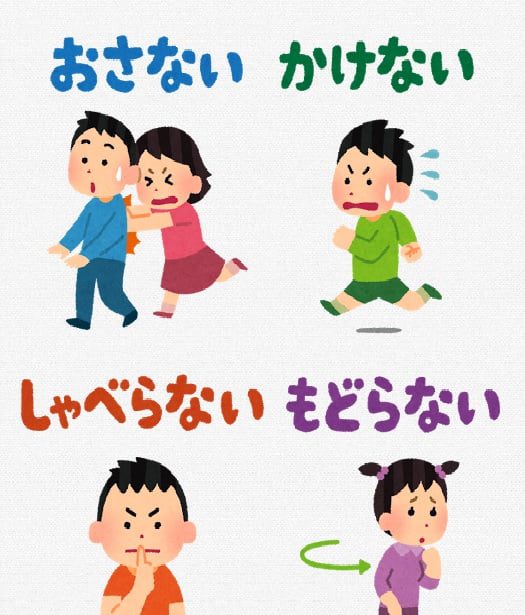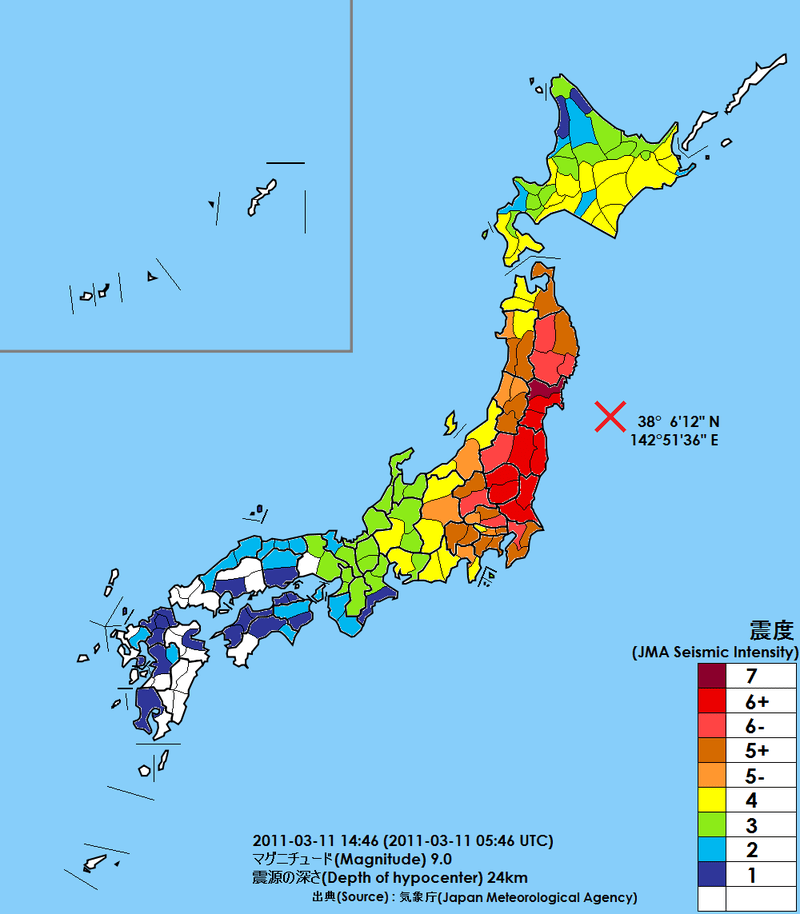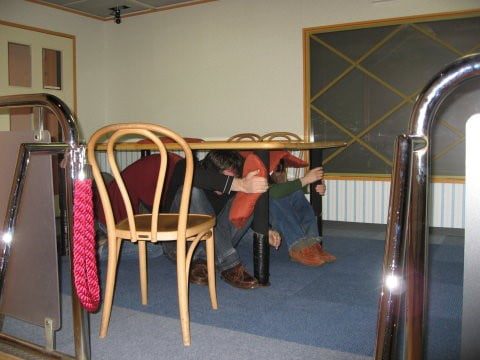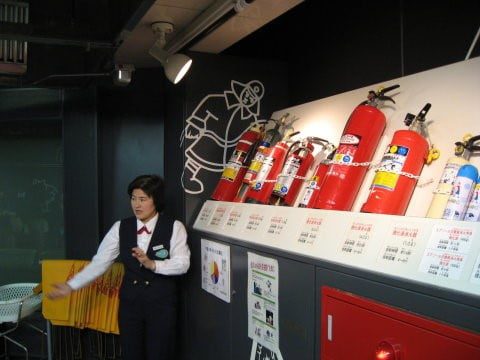The fifth anniversary of 11 March 2011 and the earthquake that hit Tohuku, triggering a tsunami which brought disaster to the Fukushima nuclear power plant, has just gone by. This disaster counted as the worst since earthquakes were first measured, starting in 1900, and the destruction was tremendous.
Over 20 percent of all the earthquakes in the world are in Japan. Sometimes the tremors are accompanied by tsunamis that wreak havoc on their own. In addition, during the summer months, typhoons threaten people and the built environment alike. The Japanese are accustomed to natural disasters and begin teaching even very young children what to do to mitigate the consequences and protect themselves. Kindergartens have earthquake and fire drills every two weeks and school children have drills every few months. Children of all ages know the little poem made up of the first letters of the disaster instructions and called the O-Ka-Shi-Mo poem. The rules are O(Osanai)/Ka(Kakenai)/Shi(Shaberanai)/Mo(Modoranai). Don’t push! Don’t run! Don’t talk! Don’t go back!

When I lived in Tokyo I found myself involved with innumerable street events and festivals focused on disaster mitigation and how to give first aid. I also had the chance to attend a training session at the Ikebukuro Disaster Prevention Centre, organized by the university.
Earthquakes in Japan are classified using their own system. Although the categories run up to 10, the numbering only goes up to 7. The number 5 is followed by 6 minus, and then 6 plus. Then comes 7 minus, which is followed by 7 plus. The training course gave us the chance to experience an easy version of the 7 minus, when the earth only moves horizontally and has no vertical tremors. This is the type of quake that hit Kobe in 1995, destroying 20 percent of the buildings. Richter scale qualified that quake as a 7.3. The 2011 was a 9 on the Richter scale while the Japanese qualified it as a 7 plus. The tremendous tsunami that accompanied the earthquake was caused by vertical tremors that accompanied the horizontal ones.
The first thing we did at the training course was to undergo an earthquake simulation. We were sitting around a table with instructions to jump under the table at the first signs of earth tremor. The idea was to protect our heads and bodies from any falling objects. In most cases large pieces of furniture will remain stationary, we were told. We were taught how to place such furniture and how to attach them to the walls. At the IKEA stores in Japan, huge brackets with which the furniture can be fastened to the walls are a standard part of furniture packages.
If there is no table nearby, we were told we could hide under a chair. I’ll admit to finding this almost impossible to do since I had a hard enough time getting under the table. Instructors recommended that if people have enough time, they should open exit doors before getting under the table, because door frames can become deformed by the quake, and hence get stuck. Once the quake is over they recommend that we leave the building as quickly as possible since life-threatening fires caused by broken gas pipes and power lines can break out easily. Over two-thirds of the victims killed in the Kobe earthquake lost their lives in the post-quake fires.
The simulation room has one window facing an imaginary street, while the other side of the room faced a spot that was not involved in the tremor. That way we could see and sense exactly how far the quake moved the room. The noise was horrible, the power went off, and the tea kettle that had been on the stove went flying. Luckily, the kettle was attached to the wall and did not have any hot water in it. Still, if was frightening to see it come flying at us.
During the earthquake simulation, we had to move through thick smoke to leave the building, which required walking through several long corridors with countless doors and rooms. Following the emergency signs, we had to stoop down and nearly crawl to the exit, to avoid the smoke, which tends to rise. If we rose above a certain height a warning alarm went off immediately. It was a frightening experience even though the smoke wasn’t real. In fact, we were close to having panic attacks.
The end of the training course involved a fire-fighting exercise. This part felt like a lightweight adventure compared to the quake drill. The alarm went off, and we were required to shout out “fire” (Kaji!) warnings, and then pour water on the flames projected on the television screen.
After this exercise they showed us a 3D film on an imaginary earthquake. I will never forget the roaring crashes as fragments and shards fell on and around us and the walls appeared to collapse towards us.



